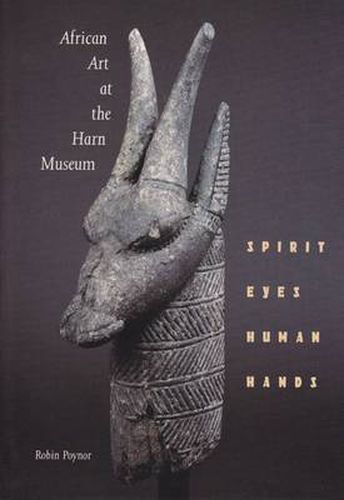Readings Newsletter
Become a Readings Member to make your shopping experience even easier.
Sign in or sign up for free!
You’re not far away from qualifying for FREE standard shipping within Australia
You’ve qualified for FREE standard shipping within Australia
The cart is loading…






With dramatic colour and black-and-white photographs of 93 pieces of art,
Spirit Eyes, Human Hands
introduces the notable collection of West African art from the Samuel P. Harn Museum of Art. In the traditional view of many Africans, the spiritual and temporal worlds depend upon each other for companionship and material well-being. As the inhabitants of either realm cross and recross their world boundaries, art objects function as intimate links between the two domains, allowing both spirit and human to see and to manipulate each other. This work specifically addresses the role of the art object - a bowl from Cameroon, a mask from Burkina Faso or Sierra Leone, an ancestral altar from Nigeria, a fertility figure from Ghana - as a medium through which each world gains entrance into the other. Poynor’s essay presents each work in its geographic and cultural context. Line drawings and abundant field photographs enhance the text and support the idea that objects assist communication between two worlds.
$9.00 standard shipping within Australia
FREE standard shipping within Australia for orders over $100.00
Express & International shipping calculated at checkout
With dramatic colour and black-and-white photographs of 93 pieces of art,
Spirit Eyes, Human Hands
introduces the notable collection of West African art from the Samuel P. Harn Museum of Art. In the traditional view of many Africans, the spiritual and temporal worlds depend upon each other for companionship and material well-being. As the inhabitants of either realm cross and recross their world boundaries, art objects function as intimate links between the two domains, allowing both spirit and human to see and to manipulate each other. This work specifically addresses the role of the art object - a bowl from Cameroon, a mask from Burkina Faso or Sierra Leone, an ancestral altar from Nigeria, a fertility figure from Ghana - as a medium through which each world gains entrance into the other. Poynor’s essay presents each work in its geographic and cultural context. Line drawings and abundant field photographs enhance the text and support the idea that objects assist communication between two worlds.